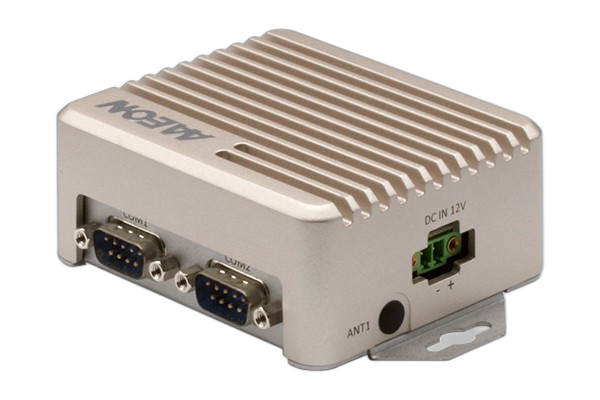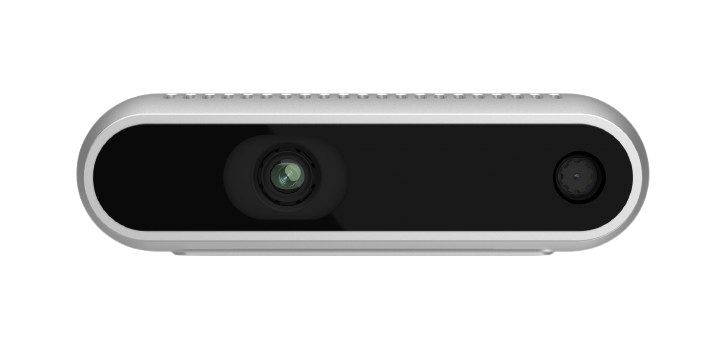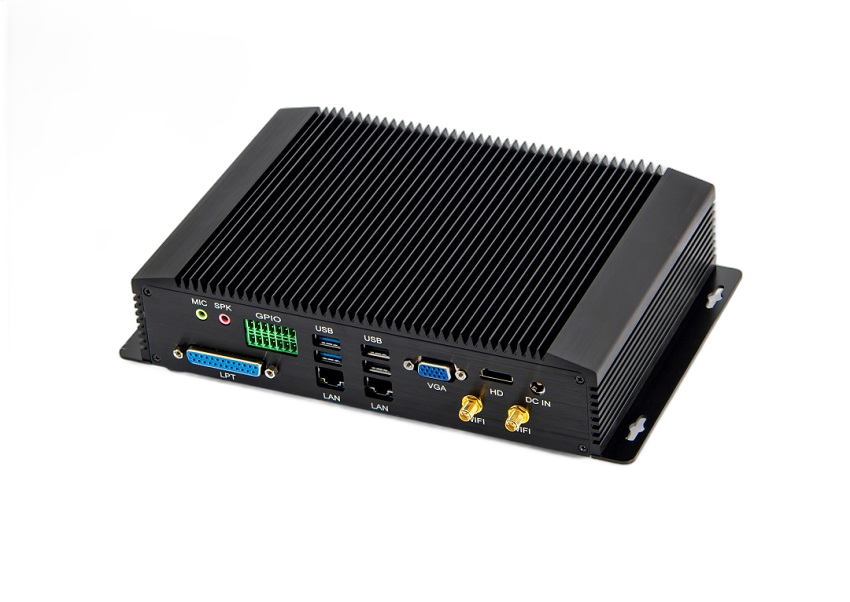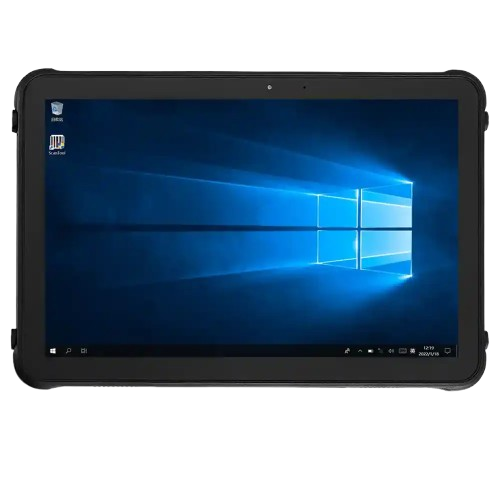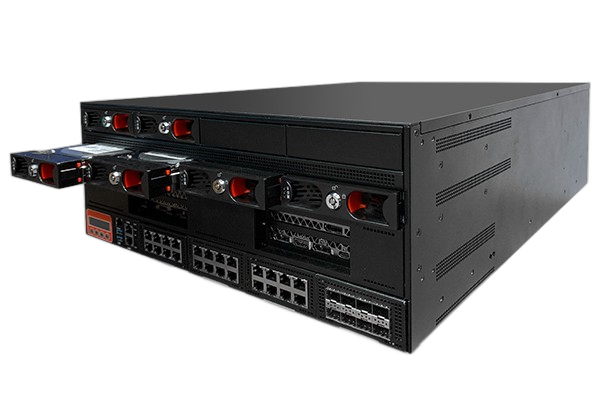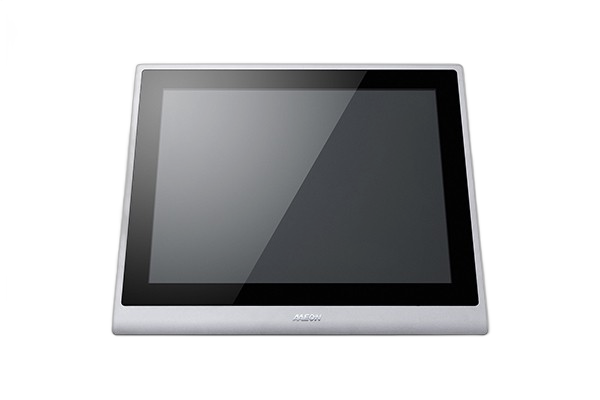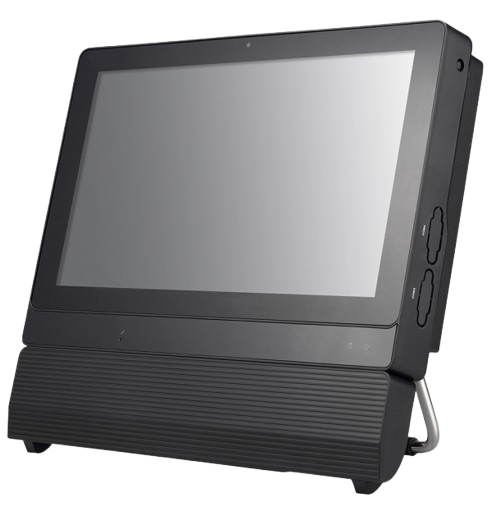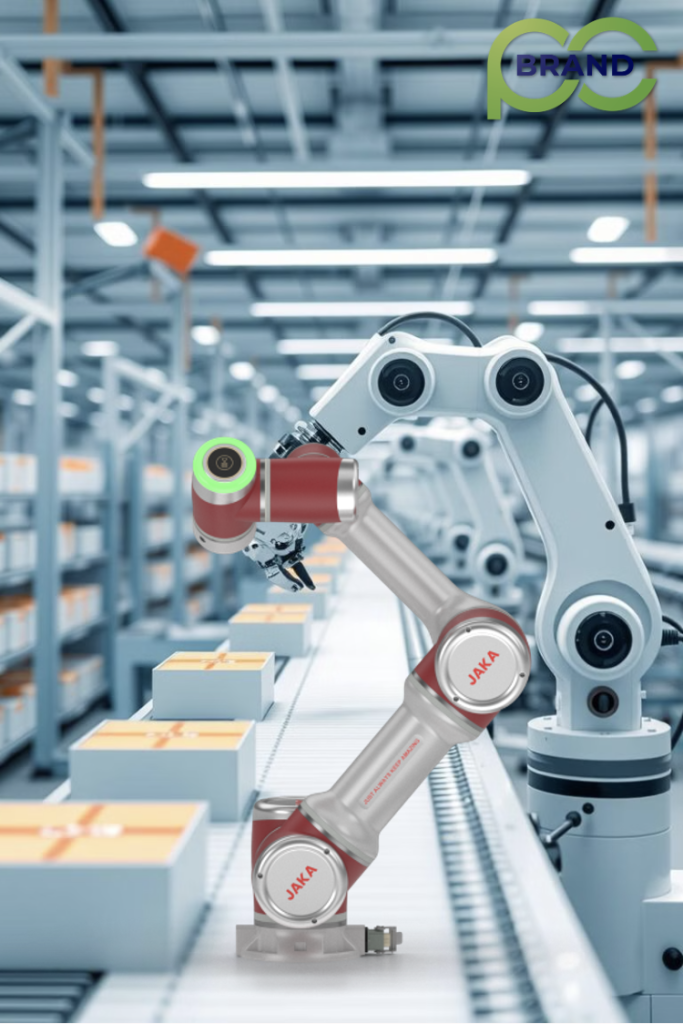Solution Architecture
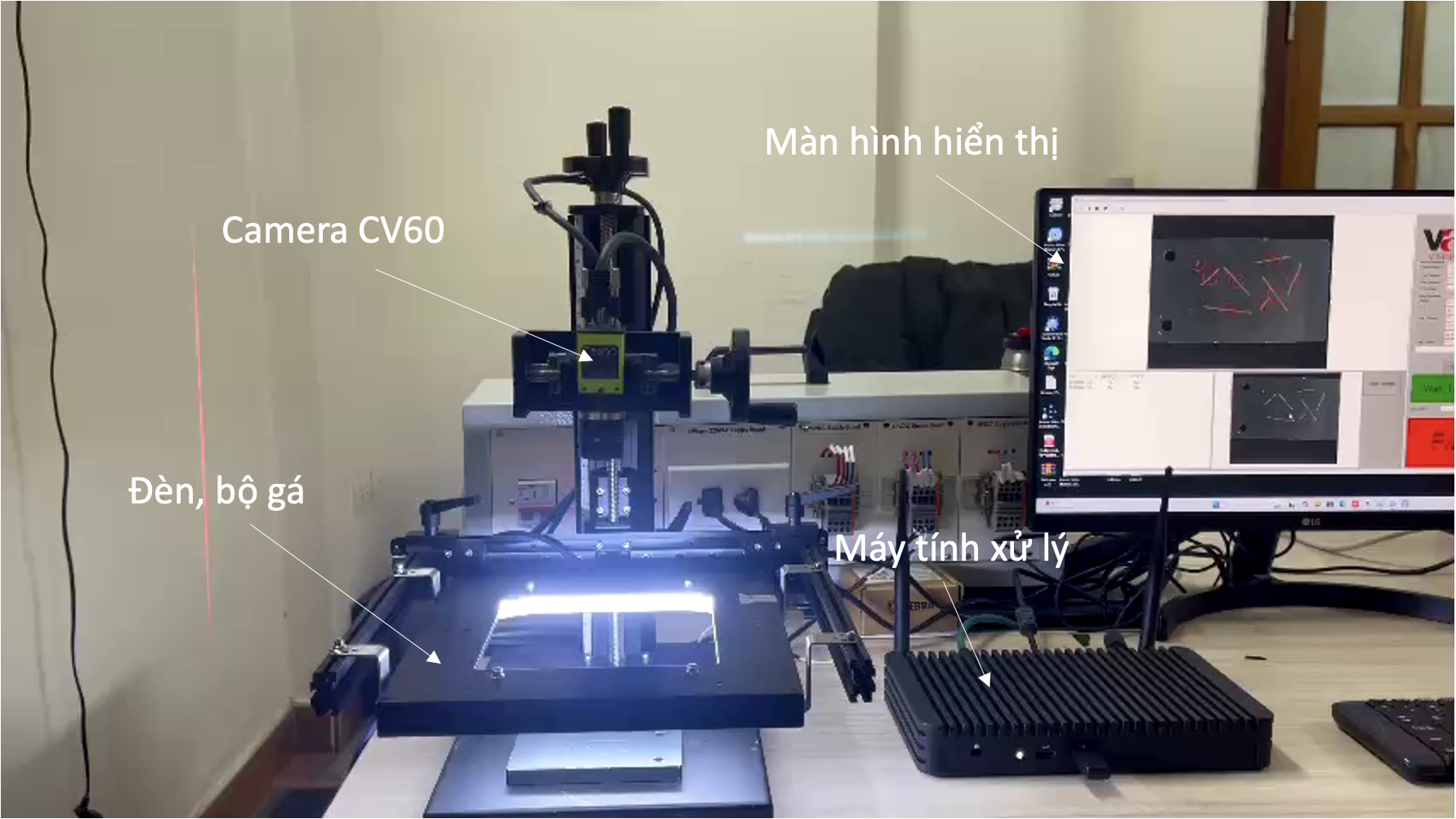
1. Camera Zebra
a. Provide high-quality images
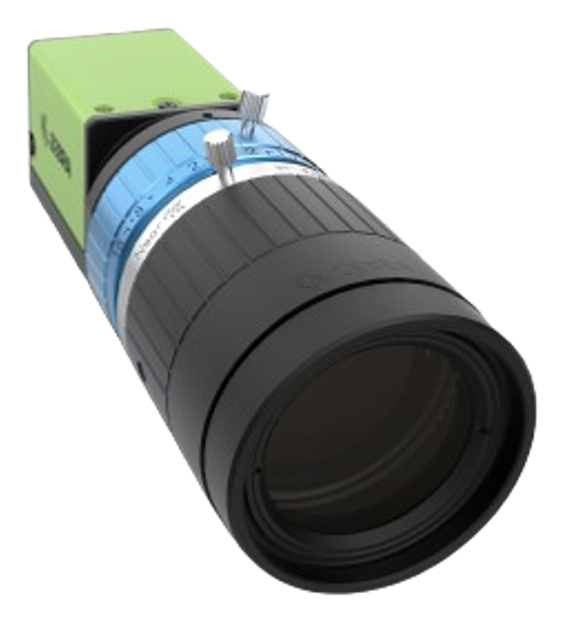
High Resolution: The Zebra CV60 camera is equipped with a high-resolution image sensor, enabling the capture of detailed images of the product surface. This is crucial for detecting small scratches or surface defects that other sensor systems might overlook.
-
Sharp Image Quality: To accurately detect scratches, the Zebra CV60 provides sharp and clear images, allowing the image processing system to identify and analyze small defects with greater precision.
-
Integrated Lighting System: The Zebra CV60 has the capability to adjust and synchronize lighting according to specific applications. When detecting scratches, lighting from different angles can highlight surface defects, especially scratches or cracks. Reflected or angled lighting helps clarify scratches by creating shadows or distinct light reflections on the product surface.
Camera Zebra CV60
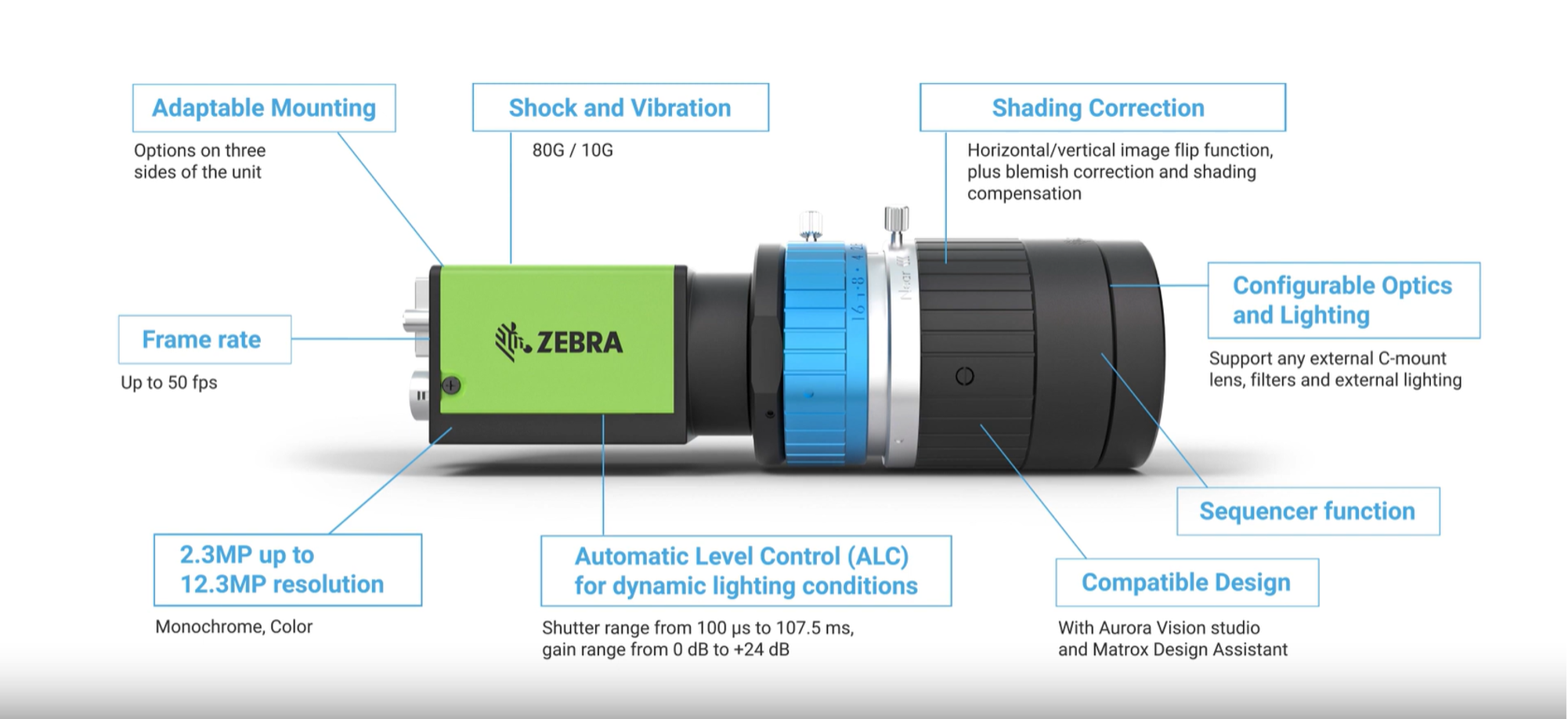
2. Processing Computer
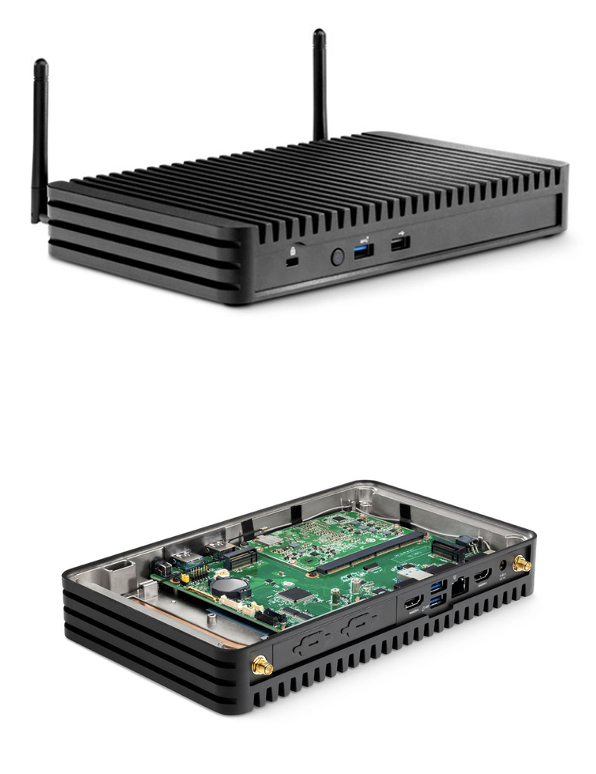
Image Processing and Analysis:
- The industrial computer is capable of processing image data from the camera in real time. It utilizes image analysis software to identify product characteristics and detect defects based on pre-trained image patterns.
Fast Computation and Decision-Making:
- When the camera captures an image of the product, the computer can immediately compare and analyze the data against pre-programmed standards (e.g., size, color, shape). If a defect is detected (e.g., crack, missing detail, wrong color), the computer will issue a warning or command to halt the production line.
Data Management and Storage:
- The industrial computer can manage and store image data and inspection results to support product quality monitoring. This data can also be analyzed later to improve the production process or retrain the recognition system.
Communication and Integration with Other Systems:
- The industrial computer can connect to other devices in the production system, such as sensors, PLCs (Programmable Logic Controllers), or ERP (Enterprise Resource Planning) systems. This enables full automation of the defect detection process, allowing immediate decision-making to adjust or stop production when a defective product is detected.
Asus® NUC Rugged Chassis Element
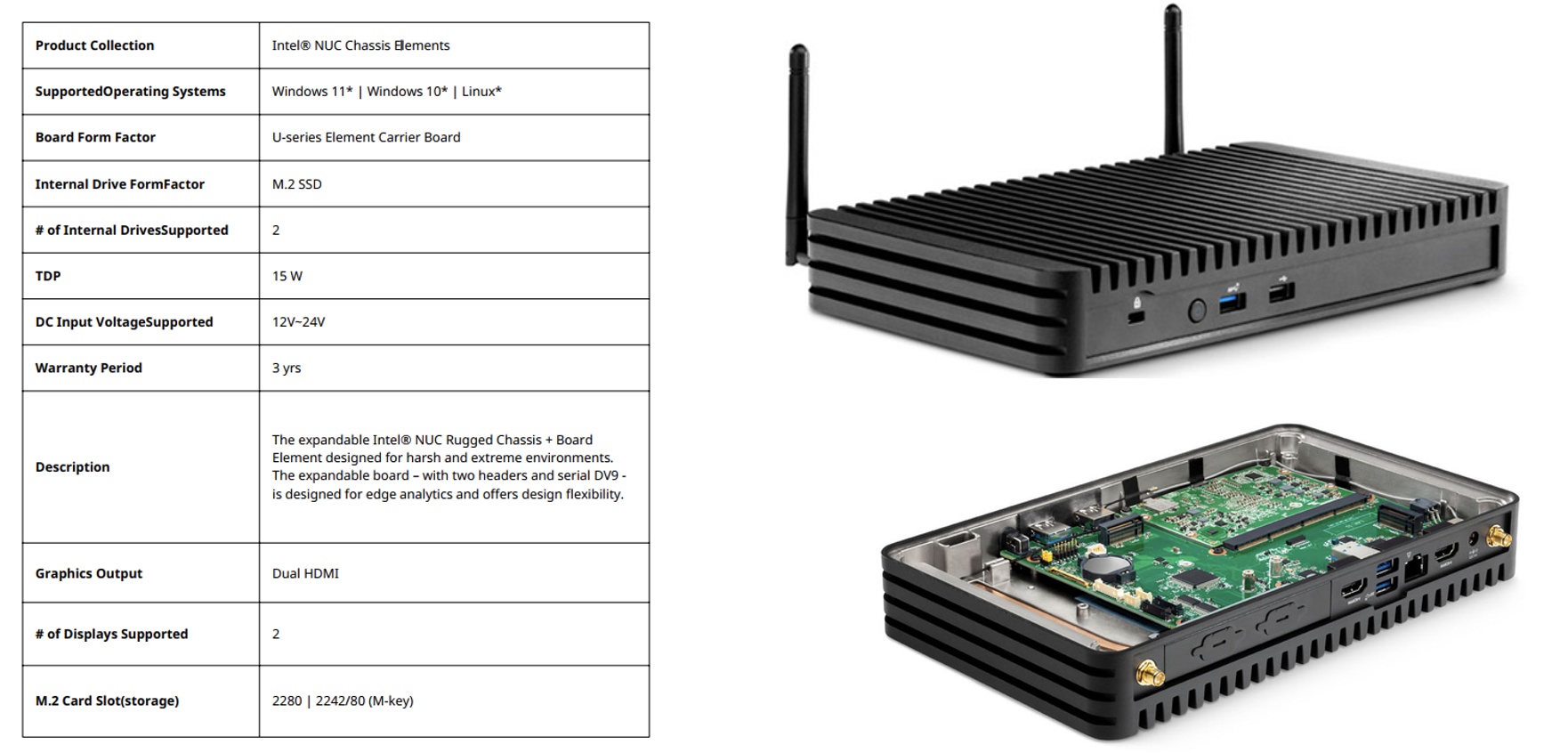
Scratch Detection Workflow on Product Surface
1. Image Acquisition
- Use 2D or 3D industrial cameras, depending on surface characteristics and required accuracy.
Combine with specialized lighting (ring light, structured light, dome light, coaxial light…) to highlight scratches.
Install fixed or on a conveyor system.
2. Preprocessing
Common techniques:
-
Brightness balancing
-
Noise filtering (Gaussian, median)
-
Contrast enhancement (CLAHE, histogram equalization)
-
Convert image to grayscale if needed
Goal: Highlight small defects such as scratches, cracks, fractures…
3. Defect Detection
- Machine Learning/Deep Learning (AI-based):
Use models such as CNN, AutoEncoder, or GAN
Common networks: -
U-Net (scratch segmentation)
-
ResNet, EfficientNet (image classification)
-
YOLO, Faster R-CNN (scratch localization)
4. Classification & Evaluation
Classify defect types:
-
Light / deep scratches
-
Cracks, dents, abrasions…
Evaluate based on quality standards (OK / NG, or graded: A/B/C)
AI can be used to automatically classify defect severity
5. Visualization & Reporting
- Interface displays defect, location, image
Log inspection history, analyze defect quantity over time
Can be integrated with MES/ERP systems
6. Automation Feedback Integration
If defect is found:
-
-
Trigger buzzer/light
-
Reject defective product from the conveyor
-
Integrate with defect-picking robot or automated sorting system
-
– Scratch detection time: 0.1 – 1 second
– Detectable scratch size: 0.1 mm (with 20-megapixel industrial camera)
Software Interface
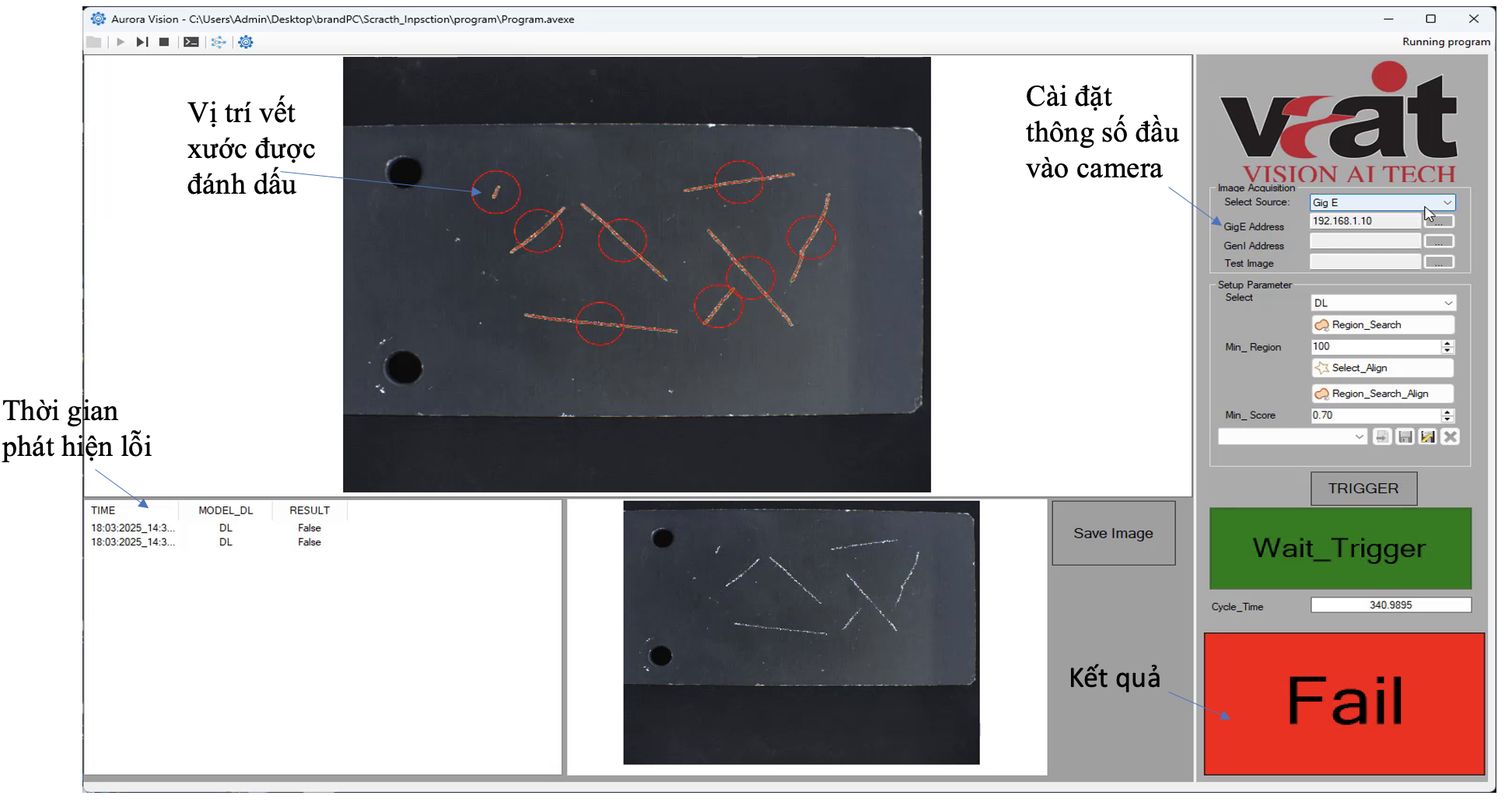
Select the area to be detected
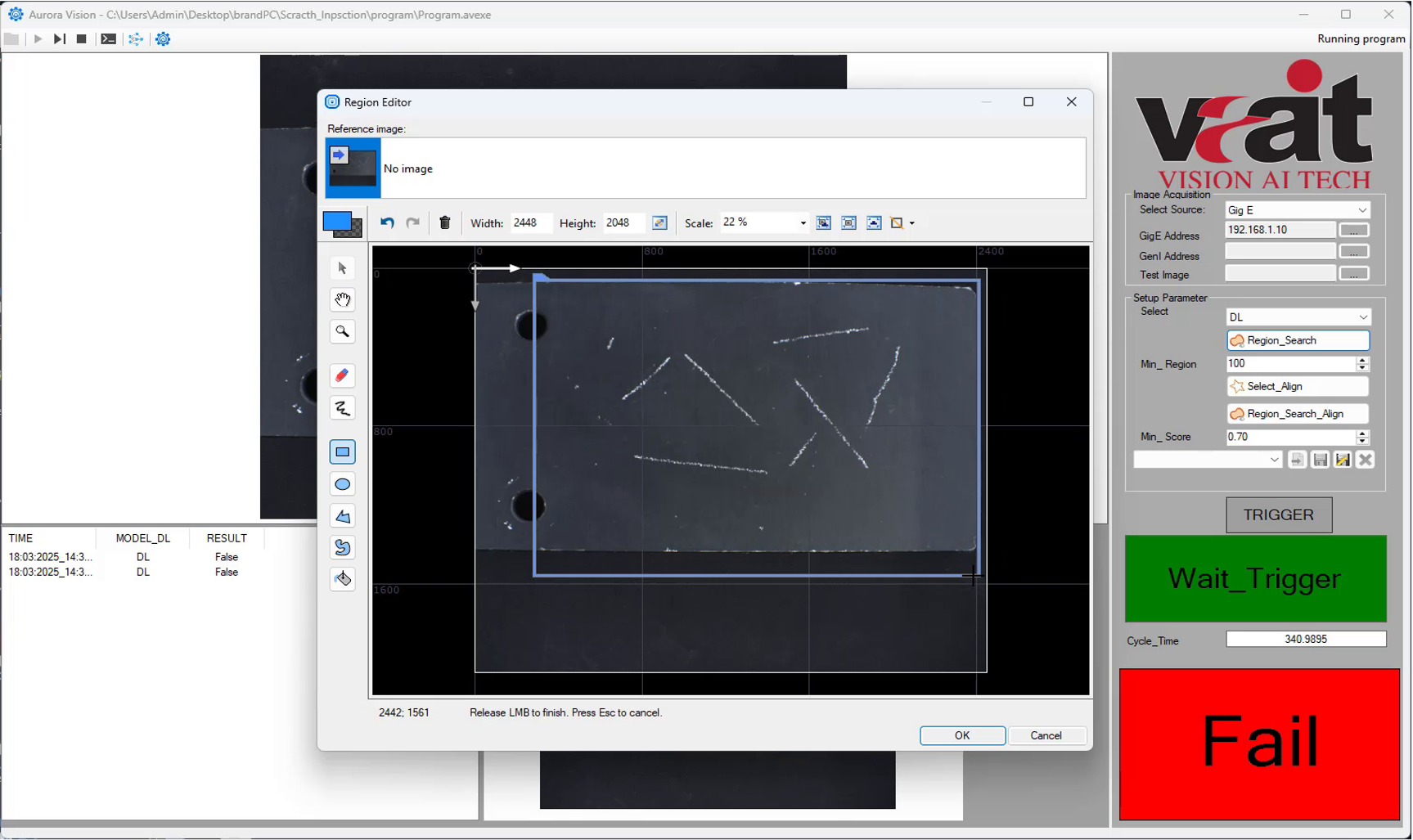
Interface for retraining the model
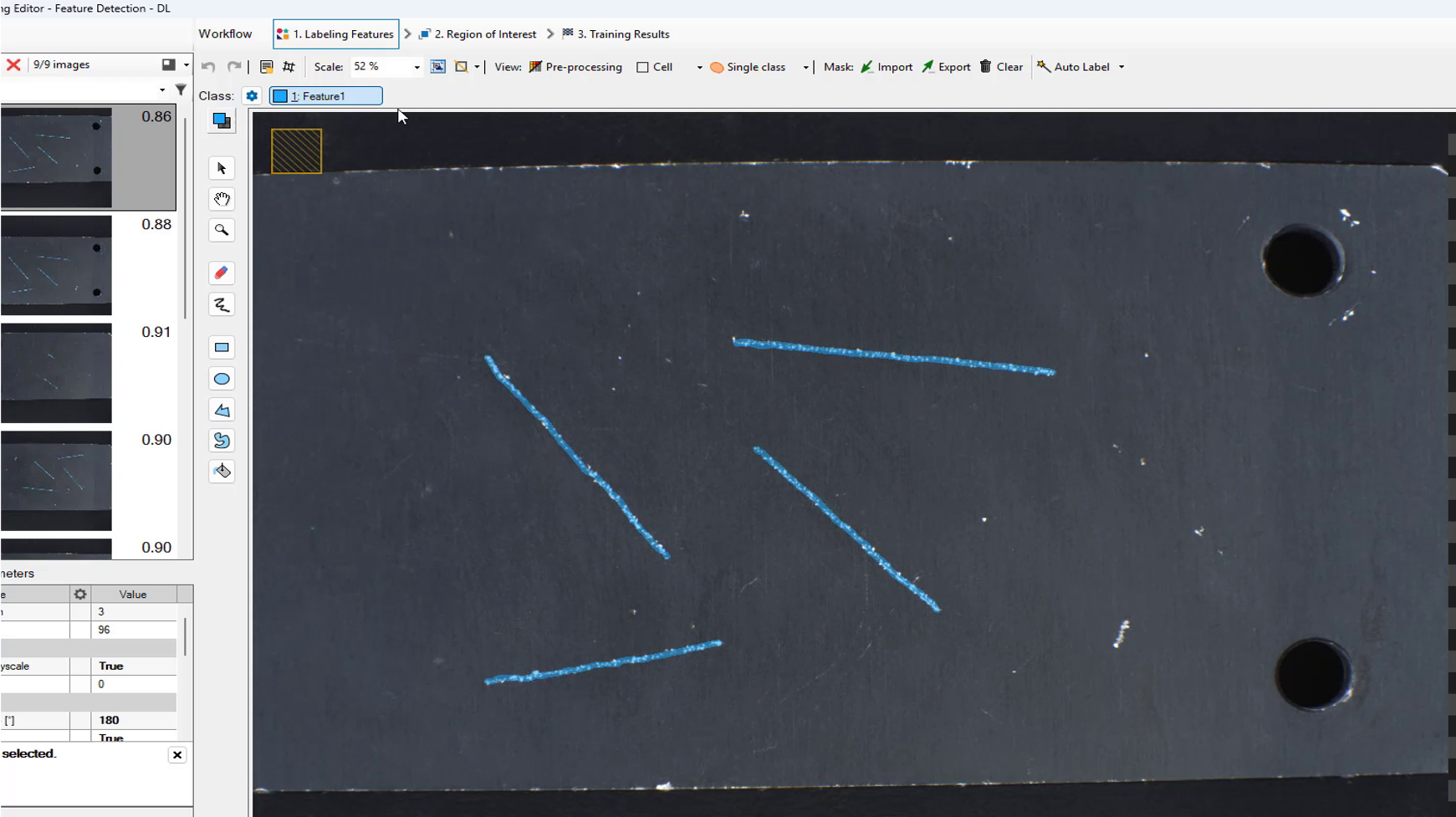
Application of surface defect detection solution
1.Automotive Industry
-
Surface inspection of car body panels: Automotive products such as car body panels, hoods, doors, or mirrors must have a flawless surface, free from scratches, cracks, or other defects. The scratch detection solution helps automatically inspect the product surface before entering the painting or assembly process.
-
Inspection of small metal parts: Small metal parts like control panels, door handles, or other mechanical components are also inspected for scratches, dents, or surface defects.
2.Electronics Industry
-
Inspection of scratches on mobile phone, tablet, and TV screens: Screens are delicate components that need careful quality control. Small scratches or cracks on the surface can degrade product quality and user experience. The scratch detection solution helps detect early and eliminate defective products before shipment.
-
Inspection of electronic components: Electronic components like circuit boards, computer casings, or other electronic device enclosures also need to be free from scratches or cracks to ensure proper operation and maintain aesthetics.
3.Metalworking Industry
- Inspection of metal parts: Metal components like steel sheets, metal pipes, or mechanical parts may be scratched during manufacturing or transportation. Scratch detection ensures these parts meet quality standards before they are used in production or assembly.
- Surface inspection of painted parts: Metal parts are often painted or coated for protection, and scratches can affect both aesthetics and durability. The scratch detection solution helps inspect these products.

 Tiếng Việt
Tiếng Việt
